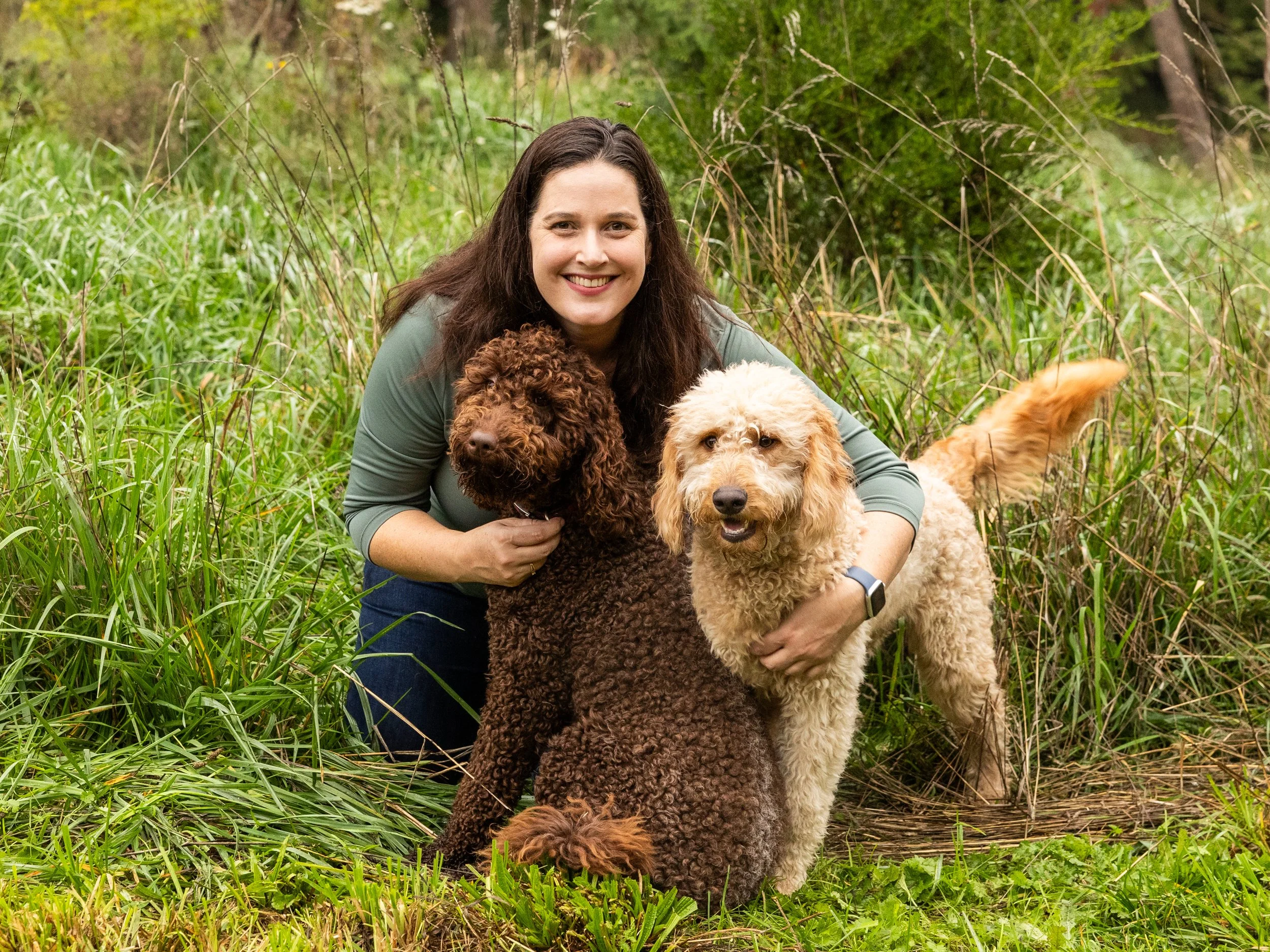How to Save Your Camera-Phone Photos (Without Losing Your Mind)How to Save Your Camera Phone Photos
TL;DR
Pick a home for your photos (iCloud Photos, Google Photos, or a computer “Pictures” folder).
Import regularly (monthly) from your iPhone/Android to Mac/Windows or let a cloud service auto-sync.
Back up in two places (external drive + cloud).
Don’t delete from your phone until you confirm imports + backups.
For printing, export originals at full resolution—then we’ll turn favorites into wall art that Live Long In Portraits.
You’re taking the most meaningful photos of your life on a phone… and then letting them pile up in one fragile place. Let’s fix that in a calm, simple, Studio-Q way that works whether you’re team iPhone or Android, on Mac or Windows, with or without the cloud.
This guide shows multiple options. Choose the path that fits how you already live with your photos. If you’re local to Vancouver, WA / Portland, OR, I’m happy to help you sort, export, and design prints.
Step 1 — Choose your “Photo Home”
Pick one main home so your pictures are easy to find later.
Cloud home (set-and-forget):
iCloud Photos (great for iPhone + Mac; works on Windows via iCloud for Windows)
Google Photos (works on iPhone/Android + any computer)
OneDrive / Amazon Photos (also good if you already use them)
Computer home (hands-on):
Mac Photos Library (Photos app)
Windows Pictures folder (organized by year/month)
Studio Q tip: Cloud + computer is best. Cloud keeps things current across devices; computer makes printing/archiving easy.
Step 2 — Import to a Computer (four quick recipes)
A) iPhone → Mac (Photos app)
Connect iPhone with a cable (or open Photos if you use iCloud).
In Photos, select Import (top of sidebar) → choose Import All or selected items.
Choose an album (e.g., “2025-10 Family”) so you can find them later.
When finished, verify images are in Photos → Library.
Optional: Delete from phone only after Step 4 is verified and you have a backup (see Step 3).
For printing: File → Export > Export Unmodified Original to keep full-quality HEIC/JPEG + Live Photo video files.
B) iPhone → Windows (Photos app or File Explorer)
Photos app method (Windows 10/11):
Connect iPhone with cable and unlock it (tap Trust if asked).
Open Photos → Import → From a connected device.
Choose a destination (e.g.,
Pictures\2025\2025-10) → Import.Confirm files are visible in that folder.
File Explorer method (manual):
Connect iPhone → open This PC → Apple iPhone → Internal Storage → DCIM.
Copy folders to
Pictures\YYYY\YYYY-MM.Paste, wait, then verify counts (source vs. destination).
For printing: If files are HEIC, either (a) export in Photos at full quality, (b) enable iCloud for Windows and download Originals, or (c) convert select files to JPEG without shrinking resolution.
C) Android → Windows (Photos app or File Explorer)
Photos app method:
Connect Android → unlock and set USB mode to File Transfer.
Open Photos → Import → From a connected device → pick your phone, choose folder, import.
File Explorer method:Open This PC → your phone → DCIM/Camera.
Copy to
Pictures\YYYY\YYYY-MM.
D) Android → Mac (Android File Transfer or cloud)
Install Android File Transfer (if you don’t use cloud).
Connect phone → open AFT → copy DCIM/Camera to
Pictures/YYYY/YYYY-MM.
OR use Google Photos to auto-sync, then manage from photos.google.com or the Mac app.
Step 3 — Back up (the quick 3-2-1 plan)
3 copies of your photos, on 2 different kinds of storage, with 1 off-site.
Copy 1: Your phone (temporary).
Copy 2: Your computer (Mac Photos Library or Windows Pictures).
Copy 3: External drive or Cloud (iCloud / Google Photos / OneDrive).
How to do it fast:
External drive: Plug it in monthly and run Time Machine (Mac) or File History (Windows).
Cloud: Turn on iCloud Photos (iPhone) or Google Photos Backup (iPhone/Android). Choose Original quality if you plan to print big.
Don’t erase phone photos until you confirm the new copies exist (open random images and videos from each backup spot).
Step 4 — Make it automatic (or at least routine)
Cloud auto-sync:
iPhone: Settings → Photos → iCloud Photos ON → Download and Keep Originals on your Mac.
Android/iPhone: Google Photos app → profile → Photos settings → Backup ON → Original Quality.
Monthly import day: Put a 15-minute calendar reminder: “Import & Back Up Photos.”
Quarterly clean-up: Delete duplicates/blurs; favorite the keepers; update Albums (Trips, Family, Pets, Seniors).
Getting ready to print (so your wall art looks amazing)
Export settings
From Mac Photos: File → Export > Export Unmodified Original (keeps HEIC + Live Video). If a lab needs JPEG, choose Export X Photos… → JPEG, Full Size, High Quality, Color Profile: sRGB.
From Google Photos: Select → Download (choose Original Quality).
From Windows Photos: Save as or Export at original size.
File naming & folders (simple + future-proof)
Keep a main folder per year:
Pictures/2025/Inside, use
YYYY-MM Event(e.g.,2025-10 Pumpkin Patch).Optional rename on export:
2025-10_PumpkinPatch_001.jpgetc.
HEIC, JPEG, and Live Photos—what’s what?
HEIC is Apple’s efficient format (great quality, small size). Many labs accept it; if not, export to JPEG at full size.
Live Photos are a still + short video. Export the still for prints; keep the video for fun.
Want help? I can pull your favorites, export full-res files, and design float frames, deckled-edge prints, folio boxes, or metal that match your home.
iCloud Photos vs Google Photos (pick one)
iCloud Photos: Best if you use iPhone + Mac. Your Mac can store originals and act as your local archive; iCloud mirrors across devices.
Google Photos: Best if you’re mixed iPhone/Android or like Google’s search (“pumpkin,” “dog”). Works everywhere via web.
Storage planning:
iCloud: 50GB / 200GB / 2TB plans.
Google: 100GB / 200GB / 2TB (Google One).
Choose a tier that keeps headroom (10–20% free).
Safe cleaning: free up phone space without losing photos
Confirm your imports and two backups.
On iPhone with iCloud Photos ON: deleting on phone deletes in cloud too. Use Optimize iPhone Storage first, or delete only after you’ve exported originals to a computer/external drive.
On Google Photos: with backup ON, use Free up space in the app after confirming the cloud has originals (check on web).
Never rely on one place (just the phone) and never wipe until you’ve spot-checked the backups.
Albums that make life (and printing) easier
Create 6 evergreen albums you’ll reuse:
Family Favorites (best of the best)
Kids & Seniors (by child or by year)
Pets
Trips
Wall Candidates (anything you might print big)
To Print (monthly—empty it after ordering)
At reveal/ordering appointments, I help clients quickly choose from Wall Candidates—saves time and second-guessing.
Troubleshooting (quick answers)
My phone won’t show up on the computer.
Unlock it; use a known-good cable; tap Trust; try a different USB port. On Android, set USB to File Transfer.
Imports fail halfway.
Import smaller batches (by months). Restart both devices. Check free space on your computer.
I can’t find the files I imported.
Use the search bar in Photos (try a month name), or check your chosen computer folder. On Windows, sort by Date Modified.
Photos look soft/blurry after download.
You may have downloaded thumbnails. In iCloud/Google, choose Originals. From Mac Photos, use Export Unmodified Original.
A 10-minute monthly routine (copy/paste)
Import from phone → computer (or confirm cloud backup completion).
Back up computer to external drive (plug in; let it run).
Favorite 10–20 images; add to Family Favorites and Wall Candidates.
Export 2–3 to a To Print folder; order prints or plan wall pieces.
Optional: Free up phone space after verifying backups.
Make this your first Friday ritual—reward = a tiny 4×6 on the fridge or a new photo for your desk.
FAQs
What’s the easiest way to save phone photos automatically?
Turn on iCloud Photos (iPhone) or Google Photos (iPhone/Android) with Original quality. Add a monthly external-drive backup for safety.
Do I need to keep photos on my phone after importing?
Not if you have them on your computer and a backup (external drive or cloud). Confirm copies first, then delete to free space.
Should I shoot HEIC or JPEG?
HEIC is fine—and efficient. For labs that prefer JPEG, export full-size JPEGs from Photos or Google Photos.
How do I send full-quality images to print?
Export unmodified originals (Mac) or download original files (Google/iCloud). Avoid screenshots and in-app filters that shrink files.
How often should I back up?
Monthly is a good minimum. Weekly during busy seasons (holidays, travel, senior season) is even better.
Can you help design a wall from my phone photos?
Yes! Send your favorites; I’ll curate, color-check for print, and mock up float frames, deckled edges, metals, or a folio box to fit your space.
Final Studio Q pep talk
Your memories deserve more than life on a single phone. Pick a home, set a tiny monthly routine, and make two backups. When you’re ready, I’ll help you curate the best of the best and turn them into heirloom prints—float frames, deckled edges, metals, or a folio box—so your favorite moments Live Long In Portraits on your walls, not just your camera roll.




